Starting up...

This is a quick preview of the lesson. For full access, please Log In or Sign up.
For more information, please see full course syllabus of Trigonometry
For more information, please see full course syllabus of Trigonometry
Trigonometry Secant and Cosecant Functions
Lecture Description
This lecture covers secant and cosecant functions. The secant function is defined using the cosine function and is undefined when cosine equals to zero. The cosecant is defined using the sine function and is undefined when sine is equal to zero. You'll learn how to draw a graph of the secant and cosecant function using the graphs of sine and cosine. These two new trigonometric functions are also periodic, so you'll learn about their zeroes, maxes, mins, and asymptotes, and the values of secant and cosecant for some special angles.
Bookmark & Share
Embed
Share this knowledge with your friends!
Copy & Paste this embed code into your website’s HTML
Please ensure that your website editor is in text mode when you paste the code.(In Wordpress, the mode button is on the top right corner.)
×
Since this lesson is not free, only the preview will appear on your website.
- - Allow users to view the embedded video in full-size.
Next Lecture
Previous Lecture










































 Answer Engine
Answer Engine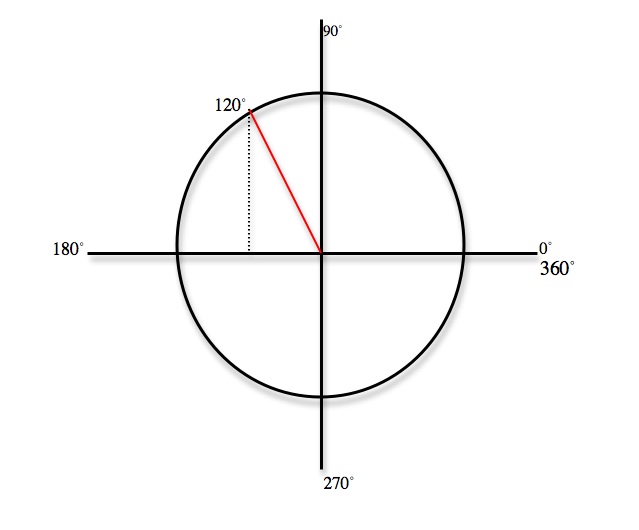
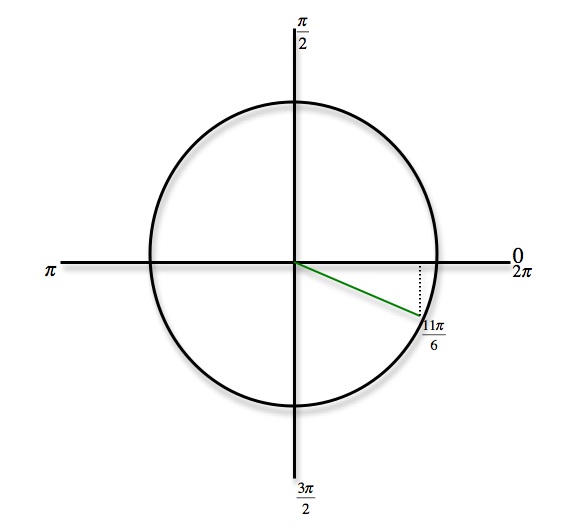
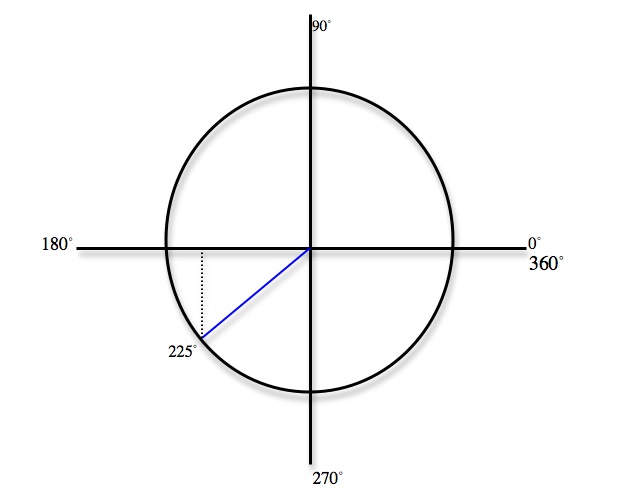
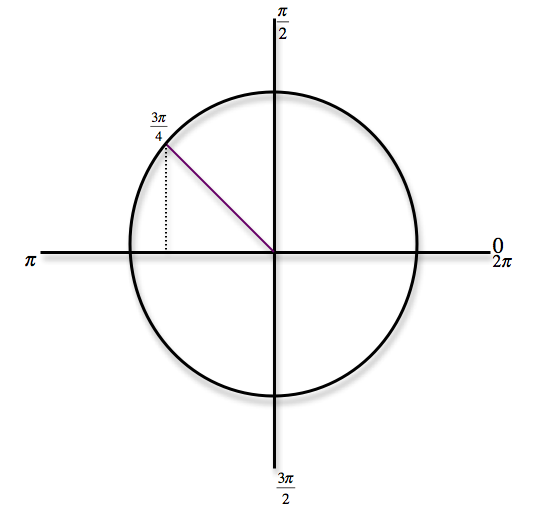
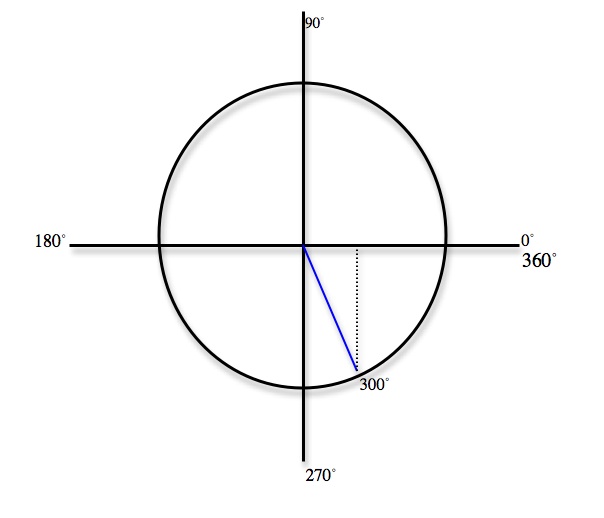
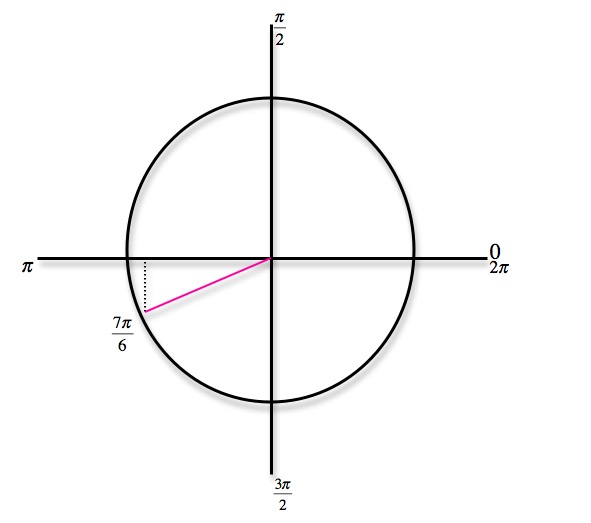
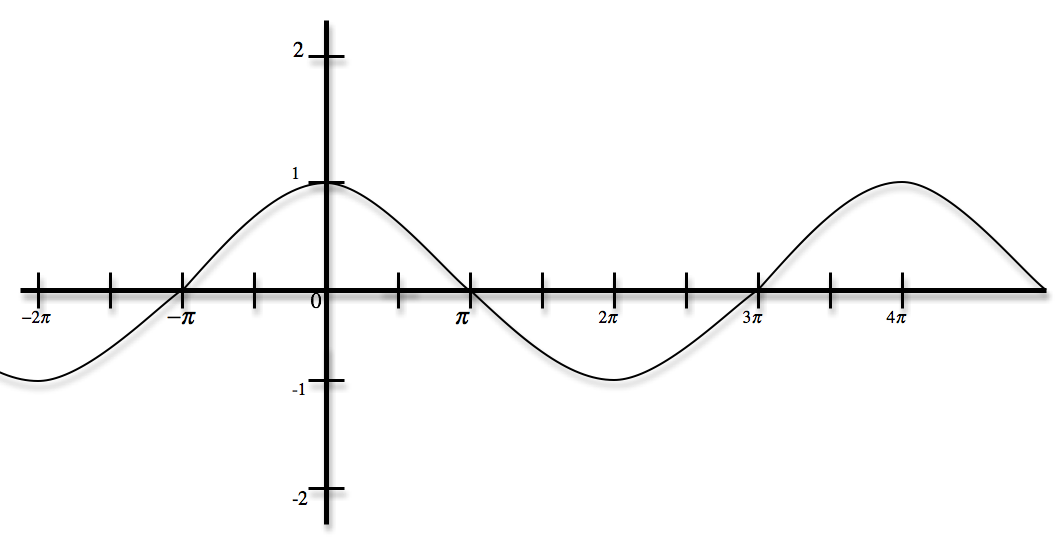
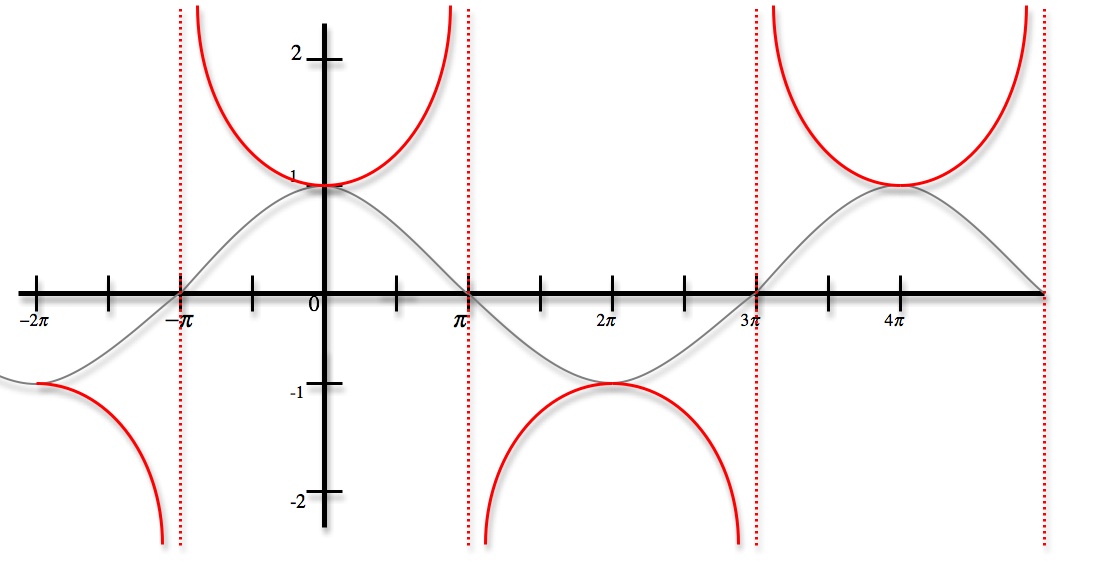
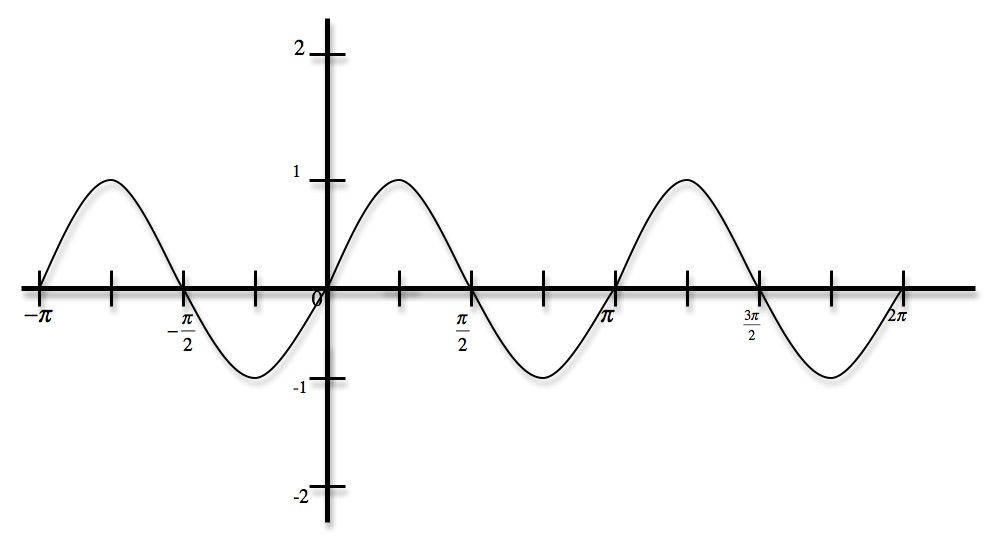
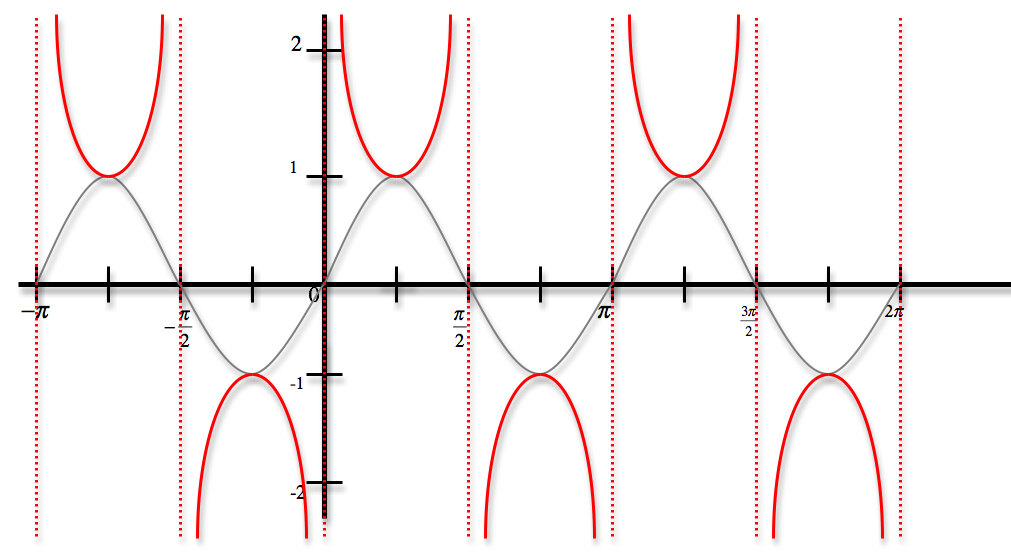
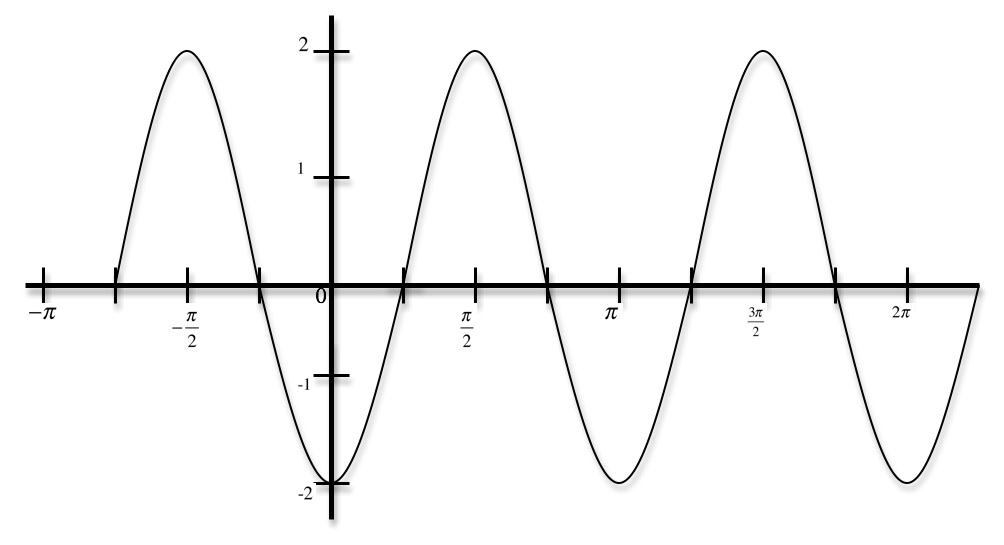

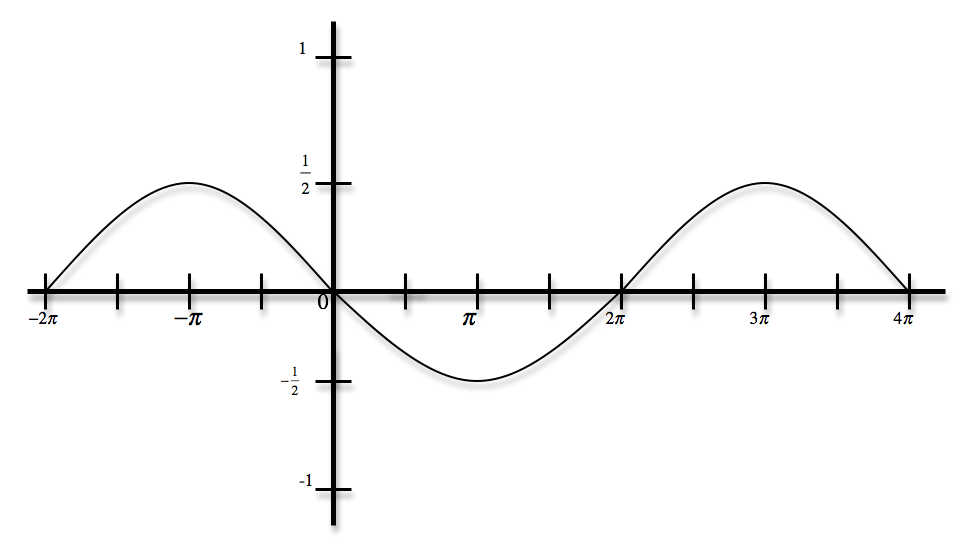
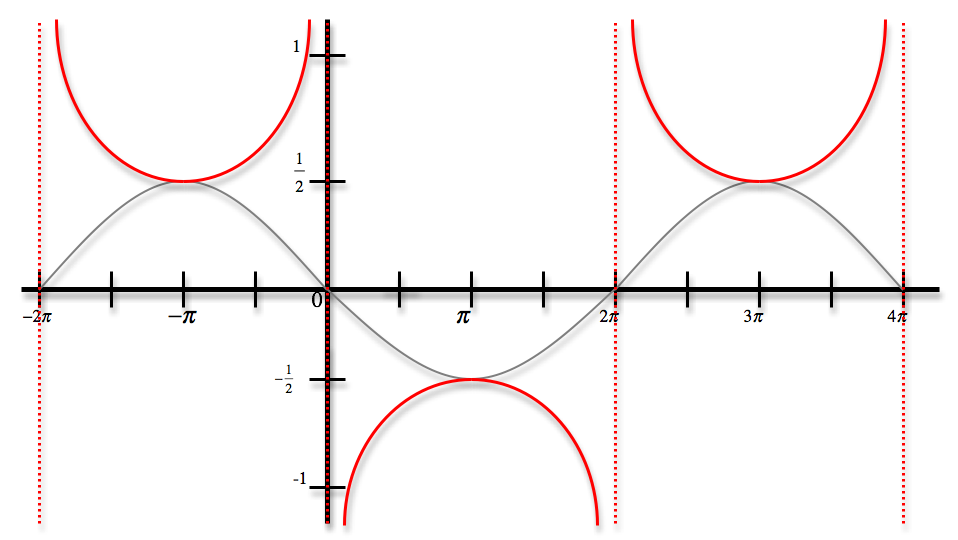
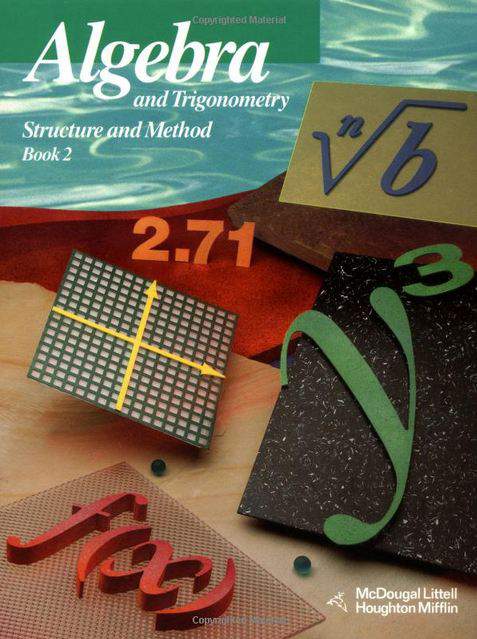



1 answer
Wed Jul 1, 2015 9:02 AM
Post by Brandon Dorman on June 30, 2015
Hello,
I am trying to wrap my head around this concept. I understand sec=1/cos. but I ran into a problem that has me confused.
The question was:
What is the same as sec(2Ï€/3)?
a. sec(-Ï€/3
b. sec(-5Ï€/3
c. -sec(5Ï€/3)
d. -sec(Ï€/3)
The answer is d. but I'm completely confuse as why.
Thank you!
3 answers
Sat Jul 5, 2014 6:10 PM
Post by Austin Cunningham on June 11, 2014
I have only taken Algebra 1 and Geometry, so I am sometimes utterly confused when you use words I am vaguely familiar with like "asymptotes" and "local minimums" and "local maximums"? Would you mind explaining what exactly the types of max(es) and minimums there are?
1 answer
Tue May 13, 2014 4:46 PM
Post by Kenneth Montfort on May 9, 2014
Could you tell me what lecture stated where sine is an odd function and cosine is an even function?
1 answer
Thu Apr 18, 2013 12:15 PM
Post by abbas esmailzadeh on May 22, 2012
i dont undrstnad if the secant function repeat at 3pi/2 or at2 pi.i am talking about the period.
1 answer
Thu Apr 18, 2013 12:10 PM
Post by Yvonne Hamnquist on February 20, 2012
A tourist wants to determine the height of the Eiffel Tower without looking in her guide book. She observes the angle of the elevation of the top of the tower from one point on the street is 31.73 degrees. She moves 200m closer to the tower and observes an angle of elevation to the top of the tower of 45 degrees. What is the height of the tower to the nearest meter?
Can anyone help?
1 answer
Thu Apr 18, 2013 11:54 AM
Post by David Burns on August 17, 2011
The "Quick Notes" section here does not correspond to the lecture. There are a couple other cases on this course where this happens.